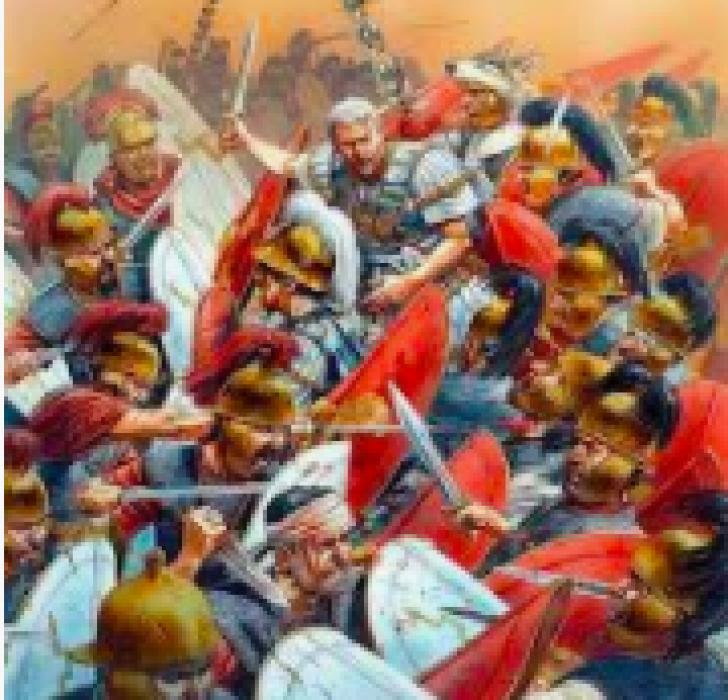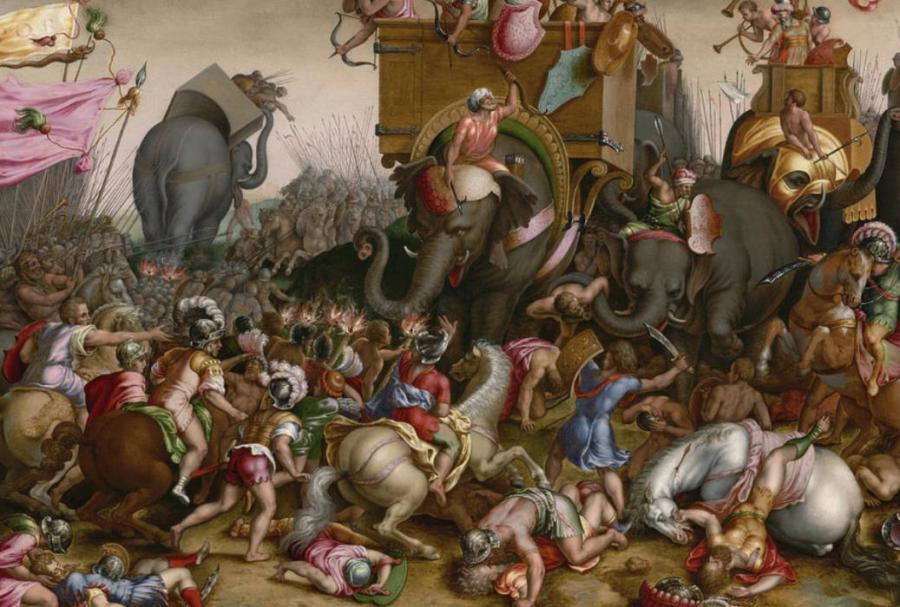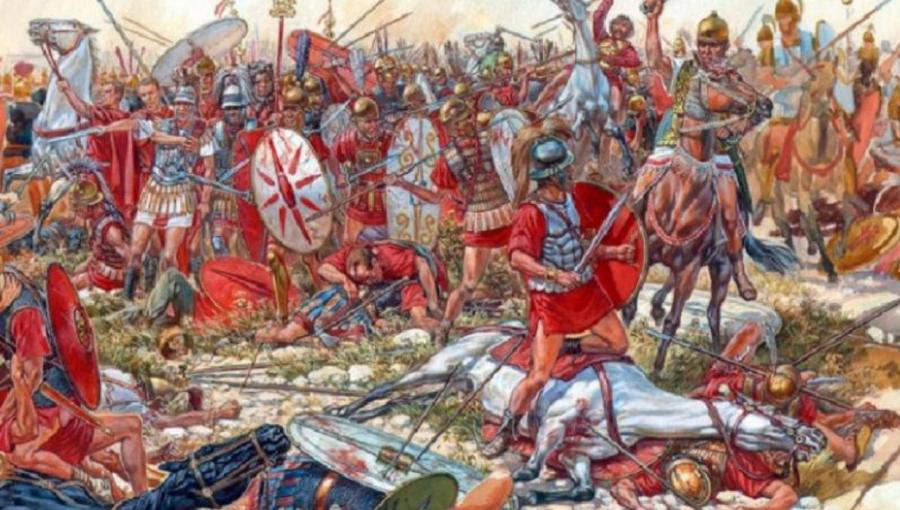












PREMIUM LOGIN
ClassTools Premium membership gives access to all templates, no advertisements, personal branding and many other benefits!
| Username: | ||
| Password: | ||
|
Submit
Cancel
|
||
| Not a member? | ||
 ClassTools 3D Gallery Generator!
ClassTools 3D Gallery Generator!
 Credits
Credits